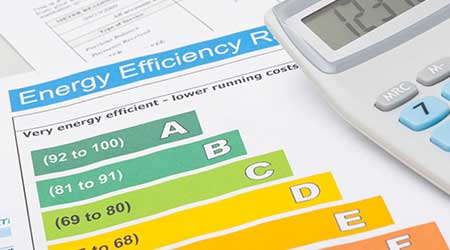How to Match Your Electricity Rate with Facility Usage
Look at daily and monthly load profiles to get a good handle on how your facility uses power over time.
Some tariffs contain alternative electric rates or special provisions or riders that could have avoided or mitigated such problems. Commercial and industrial customers should have their energy managers look for rates that might better fit their facility’s usage patterns and needs, as well as any special deals for which they may be eligible.
A good way to get a grip on how your facility uses power across time is to look at its daily and monthly load profiles (a.k.a., load shapes). According to the Institute for Electric Innovation, over half the electric meters in the United States are able to report usage in hourly (or quarter-hourly) intervals. Many utilities are now making that data available at little or no cost to their customers in downloadable format following the national Green Button data standard.
Unlike standard utility bills that may show only monthly consumption and peak demand, such interval data can show the times that peaks occurred. Correlating them with knowledge of facility operations and equipment may help reveal ways to cheaply trim peak demand charges. Load profiles may also show that equipment thought to be off at night is instead left running due to malfunction, negligence, or improper programming of a building’s energy management system.
Software for analyzing interval data has become quite sophisticated. Several vendors offer programs that “learn” how a building responds to outdoor temperature, humidity, changes in occupancy or production, etc. Based on weather forecasts and schedules, they may predict the next day’s profile and provide alarms before a high peak is likely to occur. Proactive steps may then be taken to minimize it.
Where utilities offer incentives for such “demand responses,” a clear understanding of what causes peak and/or sustained high loads may point to ways to automate control over them, yielding potentially lucrative capabilities. Such savings never hurt anybody’s bottom line.
Lindsay Audin, a contributing editor for Building Operating Management, is president of Energywiz, Inc., an energy consulting firm, and author of “Lowering Your Facility’s Electric Rates,” available from CRC Press.
Related Topics:














